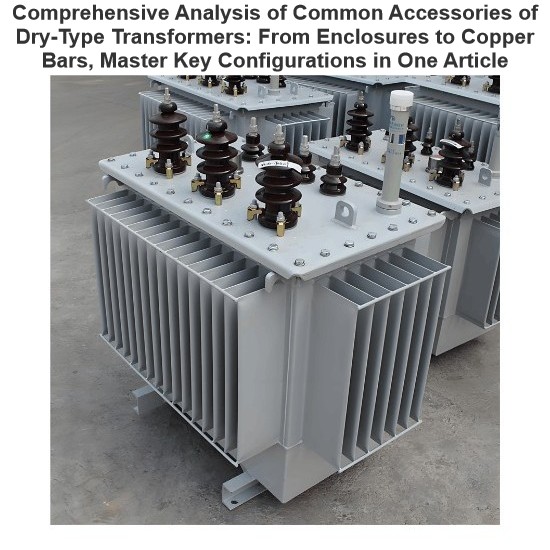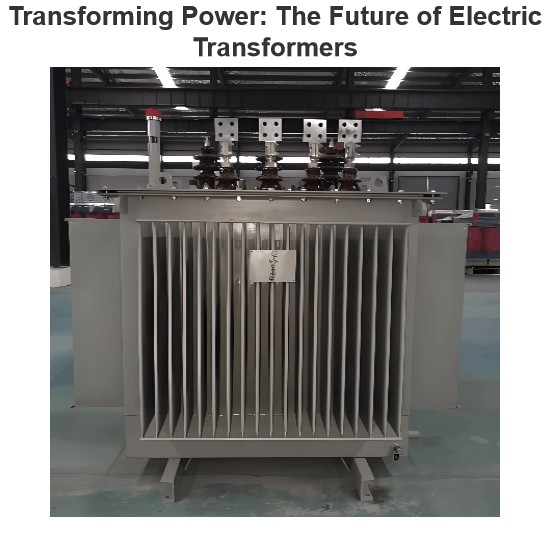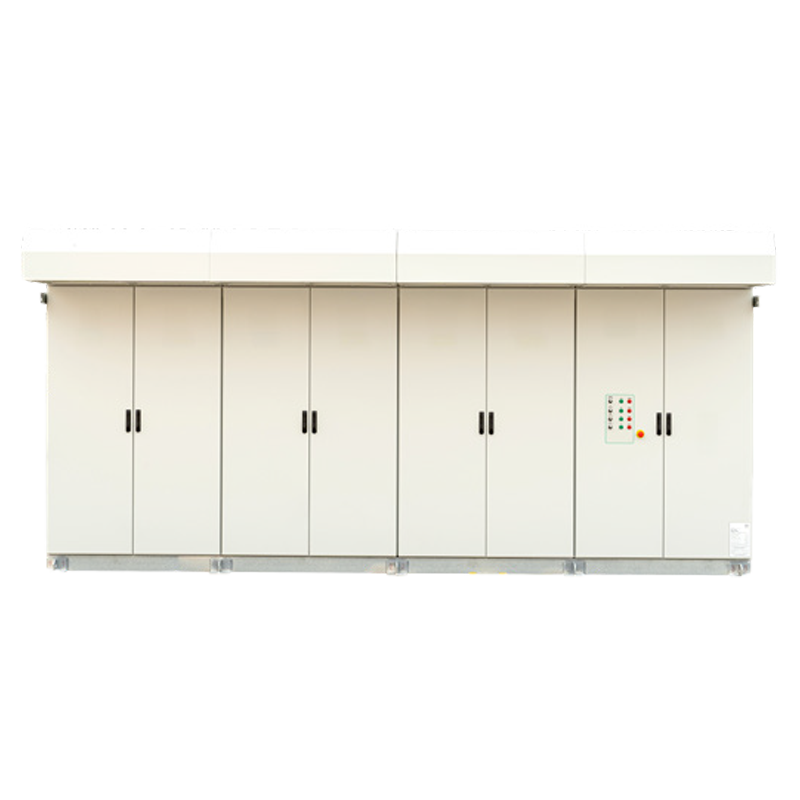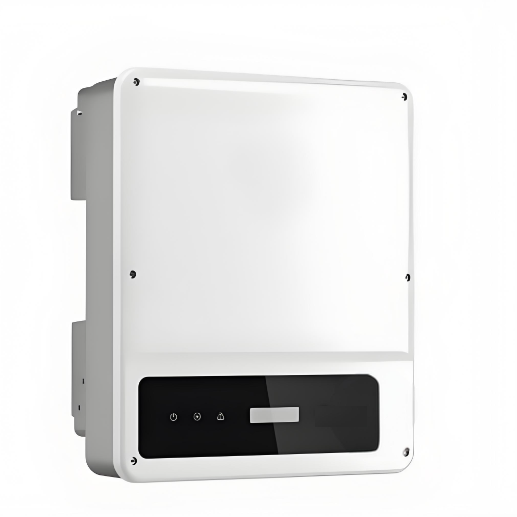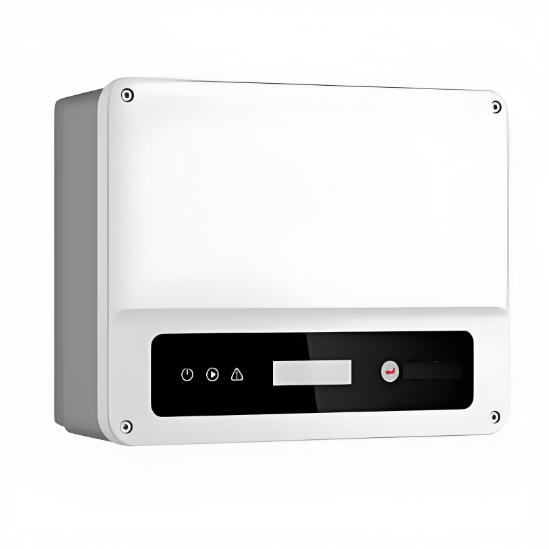Inverters are power electronic devices that convert direct current (DC) to alternating current (AC). In certain applications, they can play a crucial role in stabilizing voltage fluctuations within the power grid. The following sections detail how inverters contribute to voltage stability:
1. Voltage Regulation
Inverters can maintain stable output voltage through internal control algorithms and power regulation mechanisms. Specifically:
Constant Voltage Output: Inverters automatically adjust their output voltage based on load changes, ensuring a consistent voltage level. Even if the input voltage or load fluctuates, the inverter's feedback control system keeps the output voltage steady.
Wide Input Voltage Range: Many inverters are designed to accept a wide range of input voltages and still provide stable AC output. This is particularly useful for managing grid voltage fluctuations, such as low voltage, high voltage, or transient voltage changes.
2. Reactive Power Compensation
In addition to providing active power (the actual energy consumed), inverters can also supply reactive power (Reactive Power). Reactive power is essential for maintaining grid voltage levels, especially in long-distance transmission or high-capacity load scenarios.
Dynamic Reactive Support: When grid voltage fluctuates, inverters can quickly respond by injecting or absorbing reactive power to stabilize the voltage. For example, during a voltage drop, the inverter can provide additional reactive power to boost the voltage; during a voltage spike, it can absorb excess reactive power to prevent overvoltage.
Power Factor Correction: Inverters can also improve the system's power factor by adjusting reactive power, reducing voltage drops and line losses, and enhancing the overall efficiency and stability of the power system.
3. Frequency and Phase Synchronization
In grid-tied mode, inverters synchronize their output frequency and phase with the grid. This ensures seamless integration of the inverter's power with the grid, avoiding voltage fluctuations caused by frequency or phase mismatches.
Phase-Locked Loop (PLL) Technology: Inverters typically use Phase-Locked Loop (PLL) technology to track the grid's frequency and phase. When the grid's frequency or phase changes, the inverter can rapidly adjust its output to maintain synchronization and stabilize the voltage.
Frequency Regulation: In some cases, inverters can participate in frequency regulation, helping to maintain grid frequency stability, which indirectly affects voltage stability.
4. Energy Storage and Smoothing
When paired with energy storage systems (such as batteries or supercapacitors), inverters can further enhance voltage stability by providing or absorbing energy during voltage fluctuations.
Peak Shaving and Valley Filling: Energy storage systems can absorb excess energy when grid voltage is high and release energy when voltage is low, smoothing out voltage variations.
Short-Term Emergency Power: During brief grid outages or voltage dips, inverters can draw energy from the storage system to continue supplying critical loads, preventing voltage drops from affecting equipment.
5. Islanding Mode Operation
In the event of a grid fault or severe voltage fluctuation, inverters can switch to islanding mode (Islanding Mode), where they operate independently of the grid while maintaining stable voltage and frequency for local loads.
Local Voltage Control: In islanding mode, the inverter adjusts the voltage based on local load demands, ensuring stable voltage at the load end.
Protection Features: Inverters can detect grid faults or abnormal conditions and automatically switch to islanding mode to protect equipment and personnel.
6. Intelligent Control and Optimization
Modern inverters often come equipped with intelligent control systems that monitor grid conditions in real-time and make optimized adjustments as needed. These smart features include:
Predictive Control: Inverters can predict future voltage fluctuations based on historical data and real-time monitoring, taking preemptive measures to compensate for them.
Multi-Inverter Coordinated Control: In distributed generation systems, multiple inverters can work together to collectively maintain grid voltage and frequency stability.
Remote Monitoring and Management: Through internet or communication networks, inverters can be remotely monitored and managed, allowing for timely detection and resolution of voltage fluctuation issues.
Application Scenarios
Inverters are particularly effective in stabilizing voltage fluctuations in the following applications:
Photovoltaic Systems: In solar photovoltaic (PV) systems, inverters convert DC generated by solar panels into AC and provide reactive power compensation and voltage regulation to ensure stable grid connection.
Wind Power Generation: Wind turbines have variable output power, and inverters help smooth this output, maintaining grid voltage stability.
Microgrids: In microgrid systems, inverters coordinate multiple distributed energy sources (such as solar, wind, and storage) to ensure stable voltage and frequency.
Industrial and Commercial Facilities: In environments where voltage quality is critical, such as industrial and commercial settings, inverters provide stable power, protecting sensitive equipment from voltage fluctuations.
Residential Use: Home inverters, such as those in uninterruptible power supplies (UPS), provide stable backup power during grid voltage fluctuations or outages, protecting household appliances from damage.
Summary
Through mechanisms like voltage regulation, reactive power compensation, frequency and phase synchronization, energy storage and smoothing, islanding mode operation, and intelligent control, inverters effectively help stabilize voltage fluctuations. Whether addressing short-term transients or long-term voltage instability, inverters play a vital role in ensuring the reliability and stability of power systems.




















